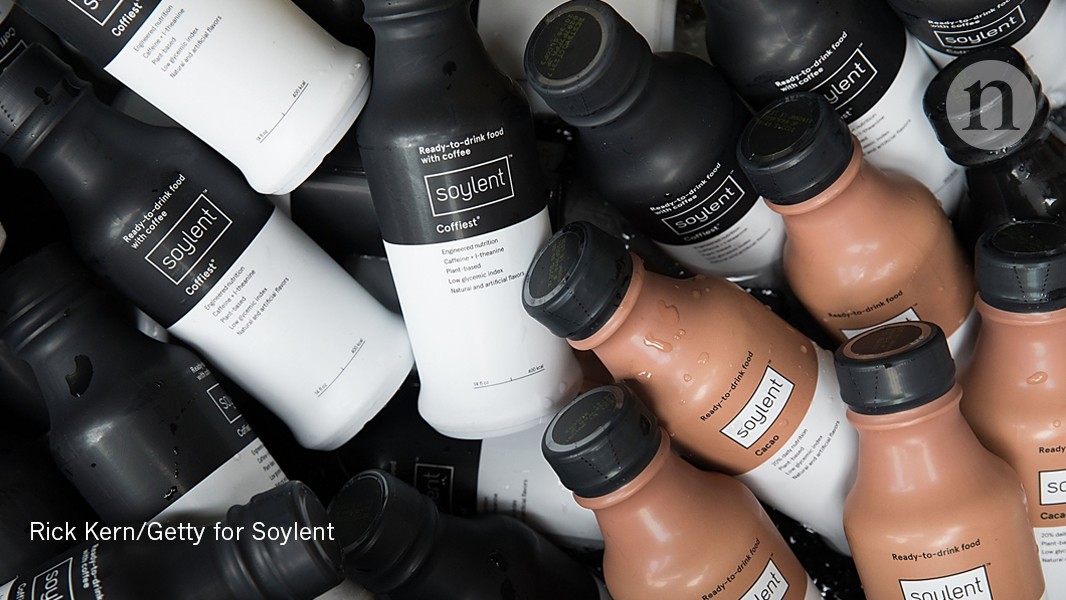- Select a language for the TTS:
- UK English Female
- UK English Male
- US English Female
- US English Male
- Australian Female
- Australian Male
- Language selected: (auto detect) - EN
Play all audios:
ABSTRACT This study was made to investigate the Herpes Simplex Virus (HSV) induced alpha interferon (IFN) production as a part of the immunological defense system in newborn infants.
Umbilical blood samples were taken directly after birth in 31 infants born after 24 - 42 gestational weeks. The leukocytes were isolated and IFN-production was induced using glutaraldehyde
fixed HSV infected human WISH-cells. The frequency of IFN-producing cells was determined by immuno-plaque technique. The proportion of IFN producing cells was 0.5/104 peripheral blood
leukocytes (PBL) in preterm infants. 4.3/104 PBL in term infants and 8.6/104 PBL in adults. The calculated IFN-production/IF N - producing cell was 1.2 U in preterm infants, 2.3 U in term
infants and 3.3 U in adults. Adding a supernatant from adult PBL induced for 6 hours by HSV-infected cells to the cultures increased the proportion of IFN-producing cells to 1.2/104 in
preterm infants and 8.1/104 in term infants. ARTICLE PDF AUTHOR INFORMATION AUTHORS AND AFFILIATIONS * Uppsala University and Swedish University of Agricultural Sciences, Interferon
laboratory, Depts of Pediatrics and Immunology, Uppsala, Sweden Brita Cederblad, Gunnar V Alm & Tomas Riesenfeld Authors * Brita Cederblad View author publications You can also search
for this author inPubMed Google Scholar * Gunnar V Alm View author publications You can also search for this author inPubMed Google Scholar * Tomas Riesenfeld View author publications You
can also search for this author inPubMed Google Scholar RIGHTS AND PERMISSIONS Reprints and permissions ABOUT THIS ARTICLE CITE THIS ARTICLE Cederblad, B., Alm, G. & Riesenfeld, T. HERPE
SIMPLEX VIRUS INDUCED ALPHA INTERFERON PRODUCTION IN NEWBORN INFANTS. _Pediatr Res_ 26, 519 (1989). https://doi.org/10.1203/00006450-198911000-00121 Download citation * Issue Date: 01
November 1989 * DOI: https://doi.org/10.1203/00006450-198911000-00121 SHARE THIS ARTICLE Anyone you share the following link with will be able to read this content: Get shareable link Sorry,
a shareable link is not currently available for this article. Copy to clipboard Provided by the Springer Nature SharedIt content-sharing initiative
:max_bytes(150000):strip_icc():focal(738x236:740x238)/david-beckham-fallen-tree-010423-1-7c60134c3e984fd1a19f9c4f29e00721.jpg)




